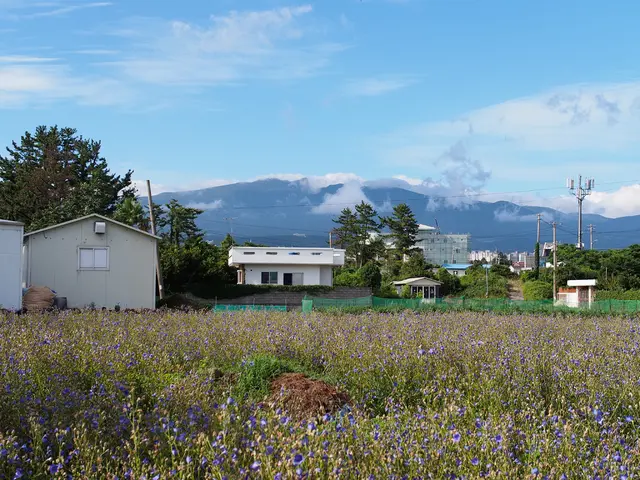Unpacking the Concrete Conundrum in Wind Turbine Installations
Wind turbines' concrete usage under scrutiny: Is the amount excessive?
Wind turbines, a promising source of renewable energy, aren't without their eco-friendly challenges. One such issue is the use of concrete in their installation, which has detrimental effects on both environment and soil. A curious reader, Joe, seeks clarification on these concrete conundrums. Let's dive in!
Wind Turbine's Cement Clean-up
here. And if you're looking for a question that's already been asked (and the answer that goes with it), you can find them here:
Fact: Concrete consumption for wind turbines accounts for roughly 1% of France's concrete usage and less than 1% of soil artificialization. But don't let the small numbers fool you; concrete's environmental footprint is undeniably larger than that.
The Dark Side of Concrete
Climate: your questions.
- Carbon Spoils: Concrete production is a significant contributor to greenhouse gas emissions, with cement production alone accounting for around 8% of global CO2 emissions[1][5].
- River Runoff and Pollution: Concrete foundations can trigger increased surface runoff, potentially leading to soil erosion, water pollution, and floods[5].
- Resource Extraction Overdrive: Obtaining materials such as sand, gravel, and limestone for concrete production can result in environmental degradation during extraction[5].
- Habitat Havoc: The construction process, including concrete foundations, can wreak havoc on natural habitats and ecosystems[3].
Anchoring the Need for Concrete
It's here (but only on your phone, not on your computer).
- Stability and Strength: Concrete foundations offer the structural integrity and stability required for wind turbines to operate efficiently, even withstanding environmental pressures such as winds and waves[4].
- Endurance and Longevity: Concrete's high durability ensures it can last for decades, minimizing the need for repairs or replacements - a crucial aspect, especially for offshore wind turbines[4].
- Affordability and Availability: Despite concrete's environmental repercussions, it remains a widely accessible and cost-effective material for large-scale construction projects like wind turbine foundations.
Walking the Line: Balancing Act
our website.
Though concrete is essential for wind turbine installations' structural integrity, its environmental impacts demand critical evaluation of alternative materials and sustainable construction practices. So, as we harness the winds of change, let's not overlook the importance of greener solutions for our planet's future.
- In the process of shifting towards renewable energy, it's essential to recognize that the concrete used in wind turbine installations is a significant contributor to greenhouse gas emissions, falling under the realm of environmental-science and climate-change concerns.
- As the financial aspect plays a crucial role in energy production, it's evident that the use of concrete in wind turbine foundations, despite being cost-effective, still comes with environmental costs that are worth addressing within the realm of finance and sustainability.
- The potential harm that concrete foundations can inflict on natural habitats and the environment, coupled with concerns about carbon emissions, calls for the investigation of alternative materials in wind turbine construction to align with environmental-science principles and promote a sustainable industry.







